Many people wonder how much gel they should give their cats while grooming them or cleaning them for oral hygiene purposes. Or, they may be curious about what kind of consistency is best for your cat.
Some say too much can cause vomiting or diarrhea in your pet, so make sure you never use more than one drop at a time!
This article will talk about some basic tips on giving your cats penicillin gels and what types are needed for different conditions.
Calculate how much water your cat needs
The number one cause of death for cats is dehydration!
Many people assume that if their kitty does not drink enough, then they must be sick or lacking in hunger. Yet, this is not always the case.
Some cats are thirsty for two reasons:
They have very large mouths/tongues so they take longer to feel hydrated, or
They like to lap up lots of fluids at a steady rate.
This article will discuss some helpful tips for determining how much water your cat needs.
Disclaimer: This article should serve as informational only, as each animal’s need for fluid varies from body type to body type. Never rely on numbers given in this article as your guideline.
Always measure your cat’s food and water
When you need to re-home a pet, it is important to get prepared for any reactions they may have towards the new home.
Pet owners usually feel some type of sympathy when thinking about giving up their companion animal. This can sometimes make it difficult to place your dog or cat with another family.
If you are dedicated to finding them home then you must prepare yourself for possible separation anxiety, fear, or even aggression from your current housemate.
These things are normal and do not mean that you are an inadequate owner. Many owners find this response helpful since it gives them more motivation to work on the problem.
If these symptoms occur during the separation process, there are several ways to help reduce stress and promote bonding between the two animals. These tips will also help prevent potential behavioral issues in the future.
Multiply the grams of penicillin by the cost
In some cases, people may need more than what we mentioned above for their cat’s health. This is because your pet may have an infection that does not respond to the first treatment option.
In these instances, you will want to try the second step in our two-step process, which is to multiply the amount of penicillin needed by the length of time it takes for the bacteria to stop growing. The number you get at this stage is called the dosage requirement.
This can be tricky to do as there are no hard and fast rules when it comes to how much penicillin some strains of the infectious disease require.
Yet, most vet professionals agree that every animal needs at least 5 mg of penicillin per kg of body weight per day until the symptoms disappear.
Combine with other medications
Even if your cat seems healthy, there may be times when she needs more of her medicine than she is currently receiving.
Many cats are on penicillin for infection. So adding extra penicillin can help prevent relapse or new infections.
You would not give yourself a double dose of an oral medication. But that is what happens in some situations with cats.
Some things that can increase how much penicillin your cat receives per day include:
Drinking more water :
– increases how well the drug moves through the body
– this increases how well the drug moves through the body Eating more foods high in fiber content,
– can reduce the absorption of the drug content, which can reduce the absorption of the drug Being outside longer.
For example, if you run out of time at work early. Your cat will need to stay inside longer until you get back longer until you get back having less activity. Because he/she is sleeping most of the time already. As his/her symptoms worsen, he/she may need higher doses, and you must make sure they tolerate them.
It is important to note that overdoing it on antibiotics can make conditions resistant to them. Then you would have to spend more money to treat the disease later on.
Mix properly
The second key factor in ensuring your cat is healthy is knowing how much penicillin to give them!
Most veterinarians recommend 2,000 units of penicillin per 20 pounds of body weight every 24 hours until symptoms improve. This equals about 4 million units for a 100-pound dog or 40-60 grams (1/2 ounce) of powder for a 200-lb human!
Too high can be harmful, so make sure you know what drug level is appropriate before giving your pet too much medicine.
Also, watch out for signs of overdose such as vomiting, diarrhea, listlessness, and depression. If you notice any of these things, call your vet right away!
Remember, even if your pet does not seem very ill, it could still have an infection that needs treatment.
Store in a cool, dark place
While there are no hard and fast rules about how much pen g you should give your cat. We recommend keeping them at a least of two drops per week or one drop every other day!
Too much exposure for too long a period can be harmful to your kitty.
Penicillin is a powerful antibiotic that works by interfering with the function of bacterial cells. As such, it can be very effective in treating infectious diseases.
But, like any drug, penicillin has side effects. The most common include diarrhea, stomach pain, hives/swelling, trouble breathing, fever, and loss of appetite.
Some individuals may also have more serious reactions including anaphylactic shock (severe allergic reaction) or low blood platelet levels (thrombocytopenia).
Re-measure and mix again if needed
Changing the color of your cat’s nails is one of the easiest ways to give them some new looks. Plus, it is quite simple to do!
Remember that like any other part of their body, cats need certain levels of iron to survive and thrive.
So, make sure you don’t overdose on vitamin A by using too much penicillin for your kitty. And as with people, kids, and dogs, different breeds need different amounts of nutritional supplements.
Also Read – How Many Cat Breeds Are There?
For example, Persian cats usually only need half a tablet every two weeks while Bengals may need one whole tablet per week.
Give 1-2 teaspoons per 10 pounds of body weight
When giving your cat their medicine, like for internal parasites or vaccines, it is important to know how much powder they need!
Many veterinarians recommend using a syringe to inject the medication into the stomach. This way, you can more accurately measure how much medicine you give them.
The best way to do this is with an eyedropper. An eyedropper has very thin needles that can be inserted into any liquid.
To use one as a measuring tool for injecting medications into cats’ stomachs, take a good amount of the liquid needed to fill up the syringe. Then, depending on the size of the cat put in enough needle to cover the whole surface of the liquid.
Once all the air is out, pull back on the plunger to create a vacuum and then push down hard to insert the needle into the liquid. As you are doing this, hold the bottle or container so there is no spillage.
After inserting the needle, let go of the pressure until the doctor effectively presses the medication onto the wall of the stomach. You want to make sure the cat isn’t gulped the medicine down immediately. Because it may get swallowed before it works.

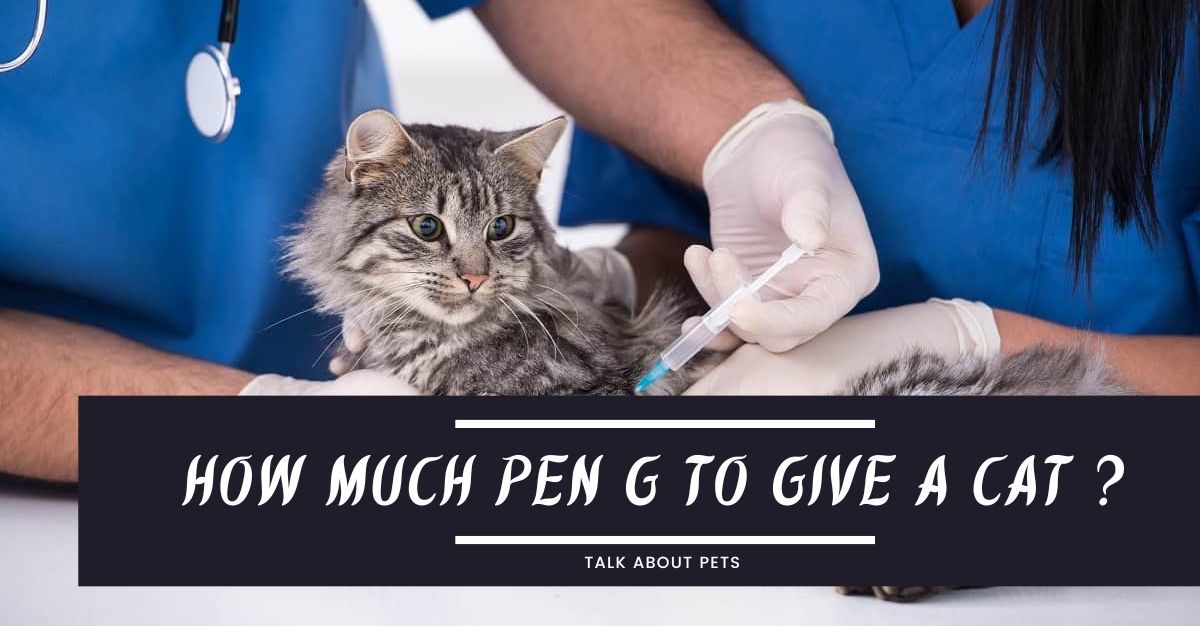
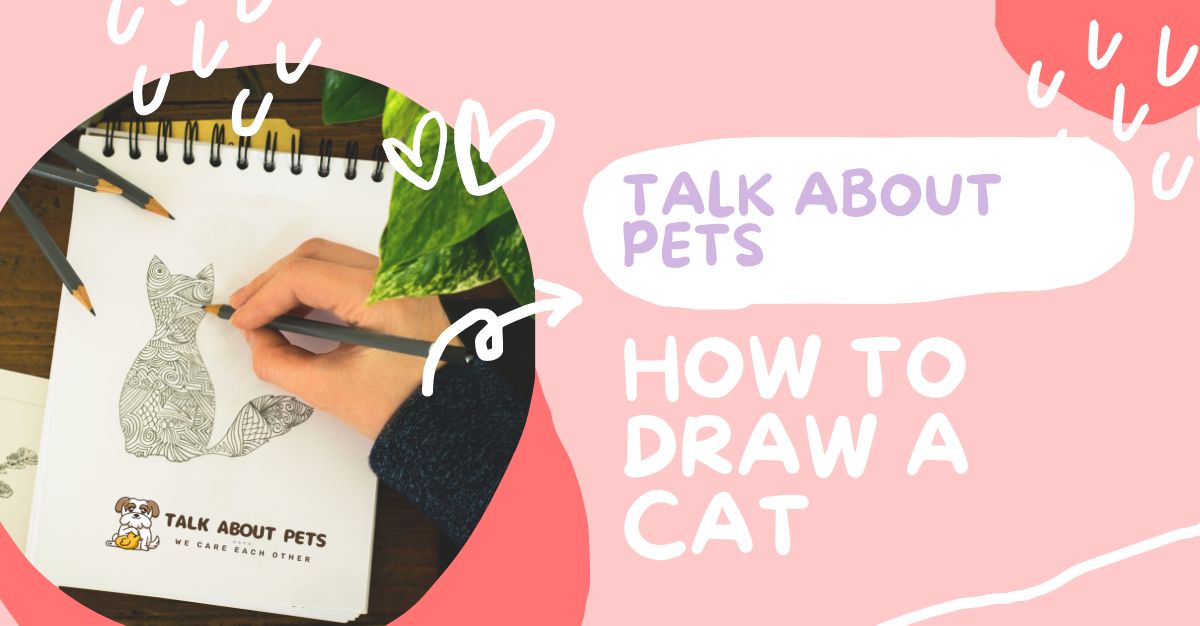

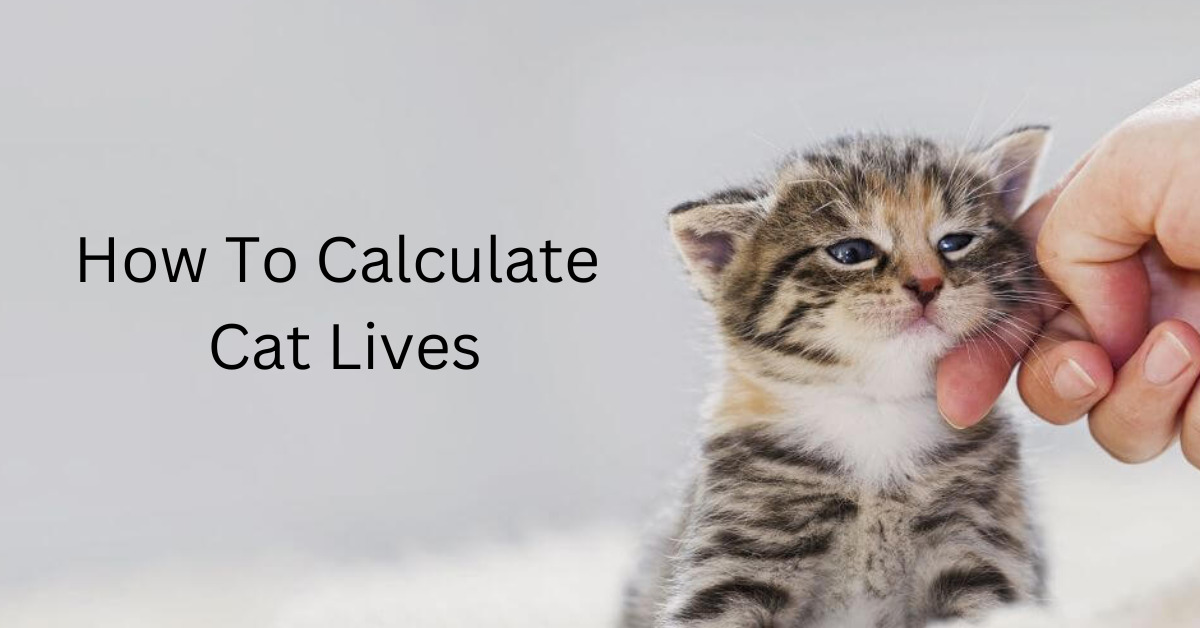
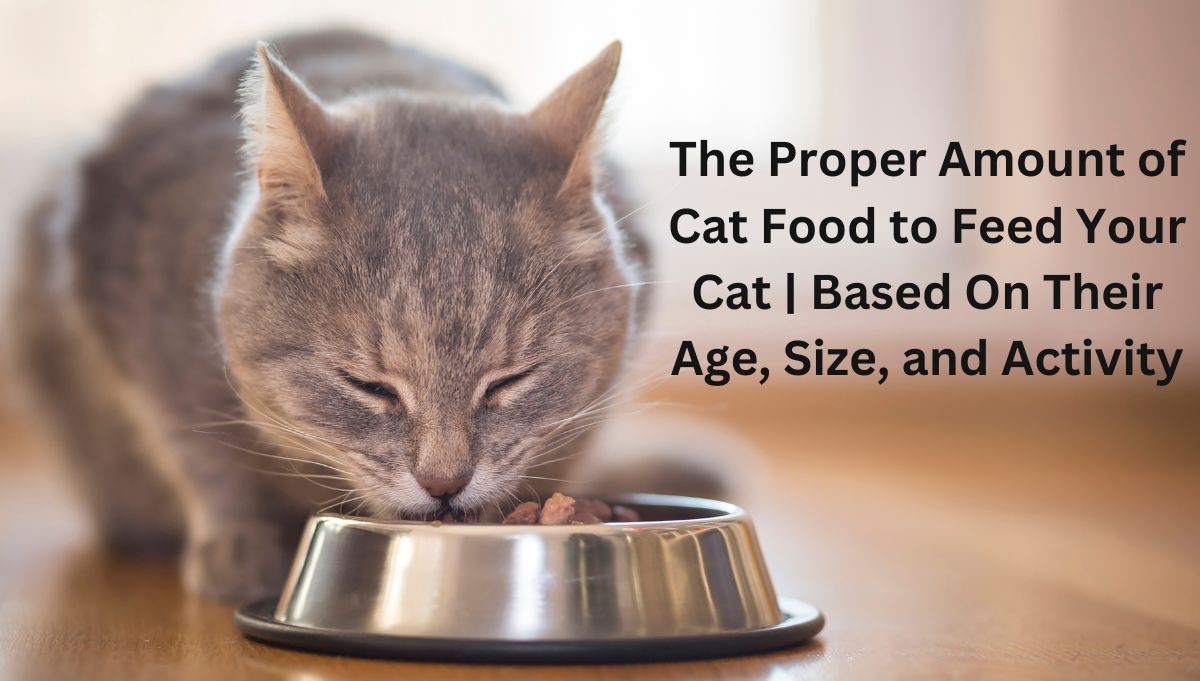
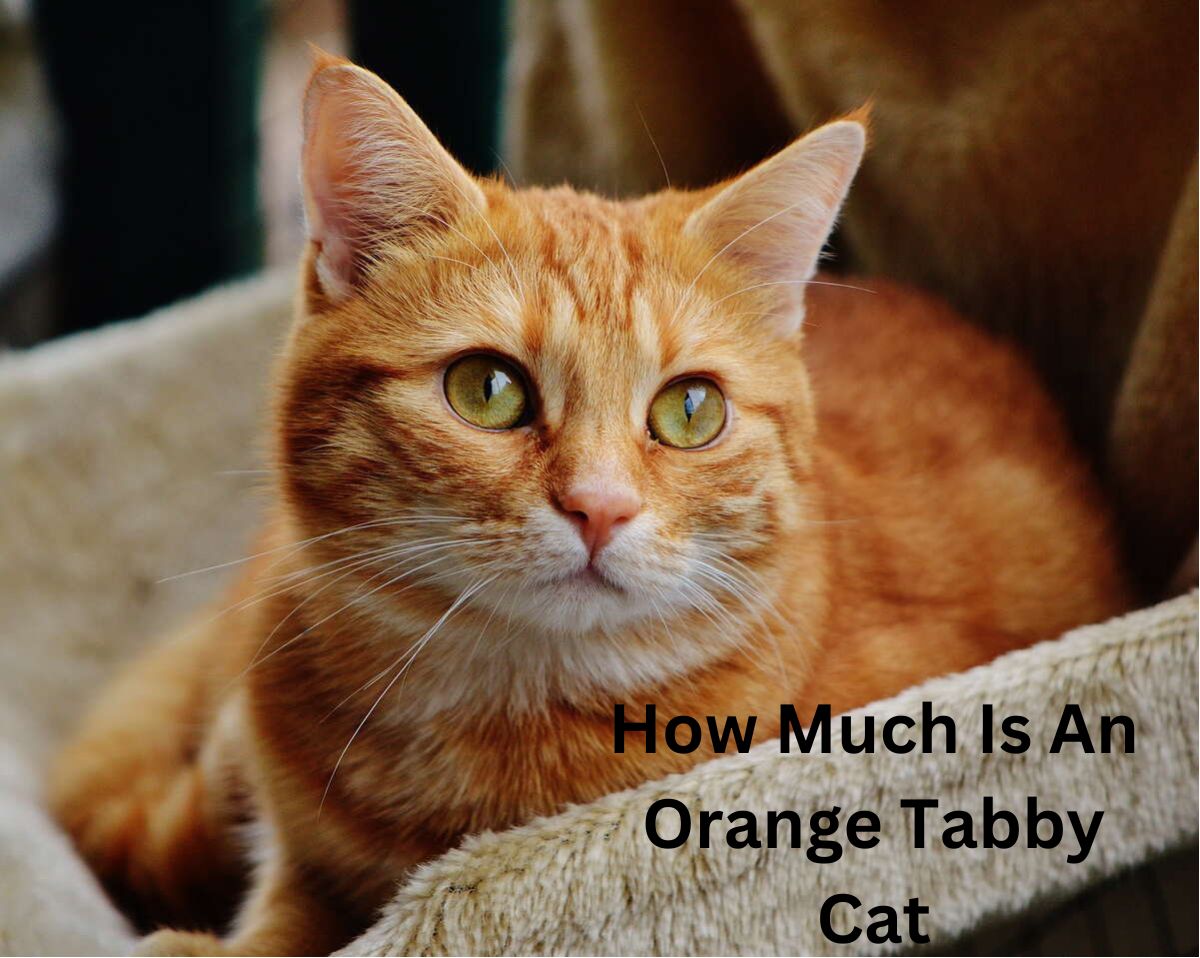
Wow, this article on giving cats penicillin G is super informative! It covers everything from dosage calculations to mixing techniques and storage tips. I love how it emphasizes the importance of measuring food and water intake and watching for signs of overdose. It’s a great resource for anyone needing to give their furry friend medication. Kudos to the writer for creating such a helpful guide!